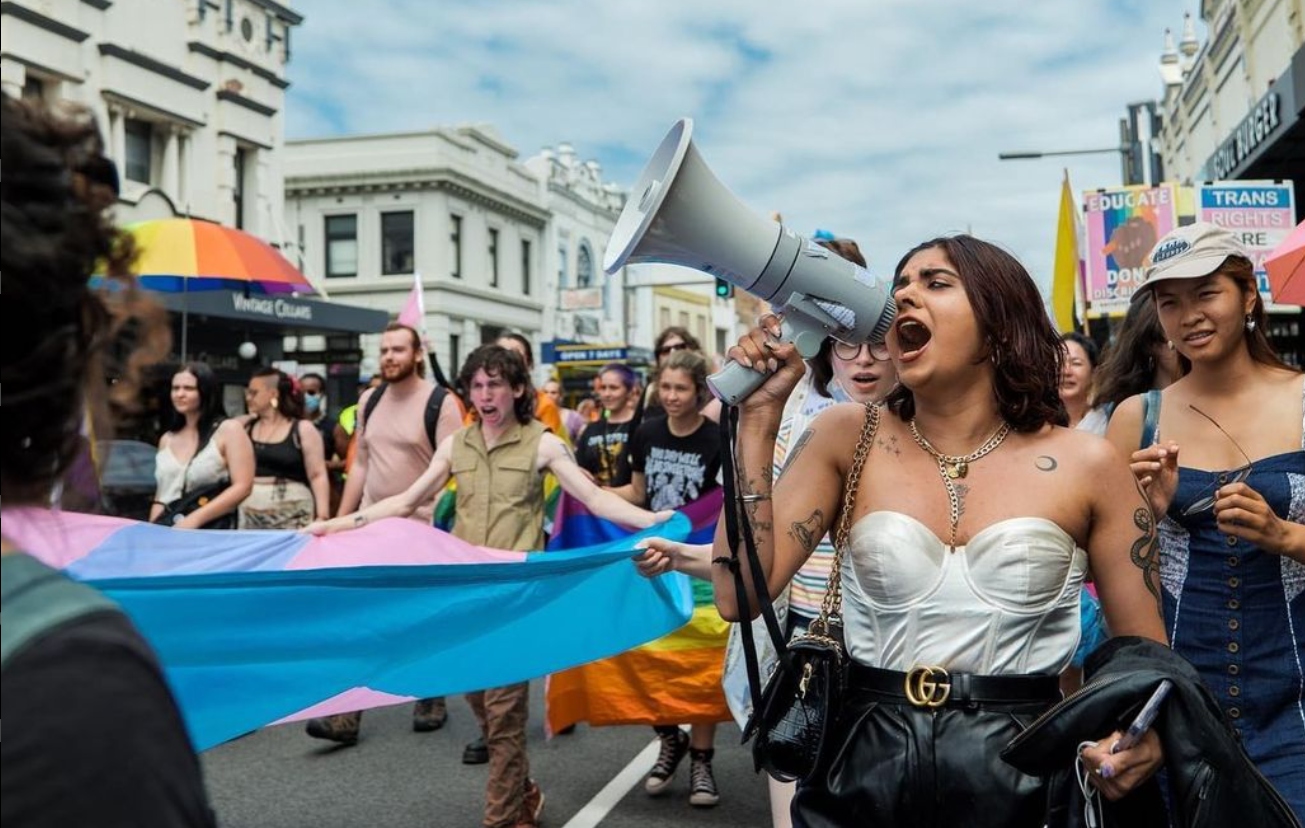
Last week Sydney University student Clare O’Sullivan brought the message of indigenous health to her campus.
Ms O’Sullivan, who is a second year medical student and the outgoing Indigenous Health Representative for Sydney University, helped organise this year’s Close the Gap event at the Camperdown campus.
“We were raising awareness about what the campaign is, which is to improve government funding for indigenous health and to focus that funding,” she said.
Close the Gap Day is a national initiative, which aims to close the health gap between Aboriginal and Torres Strait Islanders and other Australians.
Organised by Oxfam Australia, the aim of the day is to send a reminder to government that closing the gap must remain one of its top priorities.
“The Close the Gap campaign has done research into the most effective ways that the government can put their funding into this and they’ve created reports to help the government to achieve the most with their funding,” Ms O’Sullivan said.
“So I guess so far the campaign has encouraged the government to put in a lot of money into closing the gap and into improving indigenous health.”
Ms O’Sullivan was also involved in last year’s event, but said she had been determined to make this year even bigger.
Trying to close the gap in life expectancies between indigenous and non-indigenous Australians by 2030. Current gap is 10 to 17 years. “It was a pretty small event last year. I didn’t think that it really achieved very much because medicine students actually learn a lot about health issues for indigenous Australians in our course, but no one else on campus really knows anything about it.”
She contacted Oxfam for assistance and they were more than keen to help out.
“This year we had a barbeque and we tried to get a few more people to come along to make it more exciting by having kangaroo meat and organic vegetables just to try and promote healthy eating, which is one of the reasons why indigenous health is so poor in Australia – because of poor eating habits.”
As a medical student, Ms O’Sullivan has a special interest in indigenous health. “I do think we have slightly more [responsibility than the average person] and I think that is why we are taught about it.
“Even from the first few weeks of medicine, in first year, they start telling us these statistics to raise our awareness. So yeah, they are trying to tell us about it and telling us that we have more of a responsibility because we can make a difference.”
“Part of the problem is that there aren’t a lot of doctors that work out in rural Australia and the proportion of indigenous Australians in rural areas is much higher than in city areas.”
“So definitely we do have more of a responsibility, but that’s not to say that the general population can’t do anything about it or that they have no responsibilities at all. There’s a role that they can play as well, which is why the event we held was held for everyone, not just medicine students.”
This year’s event allowed Sydney University staff and students to find out more about how they can help and exactly how bad the indigenous health crisis has become. “They were really keen to find out more about it because I think in a lot of people’s mind, they know that it’s bad, so they weren’t really surprised when we were telling them about the huge gap in life expectancies,” Ms O’Sullivan said.
But they did want to find out about the specifics because for a lot of people it’s really a grey area in terms of not knowing what to do about it or even just how bad it is either.”
by Ehssan Veiszadeh









